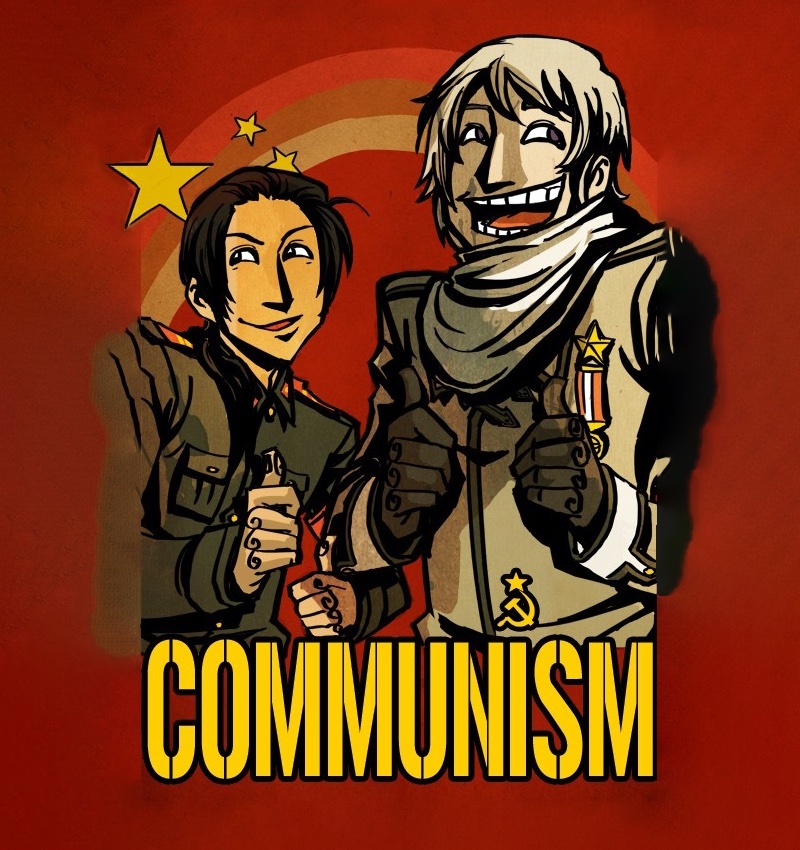

The result is that beyond the works of Grover Furr and Domenico Losurdo’s “Making of a Black Legend," there are virtually no widespread English literature that portrays Stalin in a positive light. When even the USSR adopted the position of denouncing Stalin following Khrushchev, there was no opportunity for works that positively portray Stalin to be published. If you were an anticommunist, you were against Stalin. If you supported the USSR, you accepted their narrative about Stalina and thus you were also against Stalin. Only a few principled Marxist-Leninists denounced anticommunism and stood by Stalin’s side, but they were deeply marginalized with no institutional publishers to support their writings and this ideological isolation led many of them to become ultra-leftists. It also means that any history of the Stalin period, including all coverage of Soviet feats in WWII, is inescapably covered with tedious tirades against “Stalinism” in every second paragraph. As Keeran and Kenny write:
Among many friends of the Soviet Union an un-examined assumption grew that, after Stalin, the USSR was perfecting socialism. Khrushchev was better than Stalin. Gorbachev was better than Brezhnev. With the rare exceptions of Isaac Deutscher and Ken Cameron, few attempted to deal with the Stalin, Khrushchev, or Brezhnev periods in a critical but balanced way. Particularly in the case of Stalin, Soviet supporters gave up the effort of an overall assessment, perhaps because of its inherent difficulty, perhaps because such an effort could have no possible payoff, or perhaps because of an assumption that Soviet progress would make Stalin a historical anomaly of diminishing importance. The enemies of the Soviet Union readily filled this vacuum with shelves of books portraying Stalin as a monster or a madman. These caricatures in turn influenced the views of Communists whose only knowledge of the Stalin period was second hand.
Compare this to Deng’s formulation of 70%/30% for Mao, which he borrowed from Mao’s own profound 70%/30% formulation for Stalin. The trick was not to claim that Stalin was faultless and without blame: he made mistakes and as shown above, many in the Comintern thought those mistakes were fairly sizeable. Claiming Stalin was 100% right would have been laughably dogmatic and would have sounded insincere to those who thought they knew better. 70% right and 30% wrong was the perfect balance: Stalin saved the USSR from Hitler’s genocidal lebenstraum and his leadership led to the indisputable (until today) role of the USSR as the primary contributor to the defeat of Hitler-fascism and the liberation of Europe and his faults, no matter how large they seemed to anticommunist freaks, were dwarfed by this shadow. 30% is not too high as to compete with his achievements but not too low as to dismiss his faults either. This is the principled line that should have been adopted with Stalin and was adopted for Mao. As such, Chinese people can cognitively accept the idea of Mao’s faults without having their entire worldview shaken like what happened with Soviet people and global leftists following the 20th Congress, who the USSR itself stripped them of their weapons to defend against anticommunist propaganda.
This is how, despite all the same copycat anticommunist propaganda barrage against Mao and all the Ivy League and Oxbridge University Presses printing out endless slop attacking Mao about his “great famine” and the “tragedy” of China’s liberation, they’ve ended up screaming into the void because the CPC maintained the achievements of Mao, allowing for a coherent historical narrative that has the strength to reject Western propaganda assault. This is why the modern Western academic line of attack on China is to promote “historical nihilism,” which is basically begging Chinese people to be “nihilistic” and forget the entire coherent historical narrative they are taught and accept the West’s anticommunist revisionist propaganda instead. With the USSR, there can be surgical strikes on Stalin himself. With China, the only option to to slam impotently against the wall of China’s own history to try and get at Mao.
Mao’s portrait still hangs proudly in Tiananmen and up to this day, Western Marxist-Leninist authors still often publish positive historical accounts of Mao and many leftist movements that distance themselves from modern China itself like the Communist Party of Nepal-Maoist, Communist Party of the Philipines and Communist Party of India (Maoist) still nonetheless proudly call themselves Maoist parties. Through them, the term “Maoist" is a (chauvinistic) source of pride, distinguishing themselves and their “correct ideological stance” from normal Marxist-Leninists. The term "Stalinist,” however, through the disintegration of a counter-narrative, has been entirely appropriated by anticommunists as a slur.



The only proper documentary series on ancient Chinese history can only be “If History is a Bunch of Meow” which has English subtitles and depicts the dynastic story of Imperial China, except if the emperors were instead animated cats. It’s currently covered up to the 10th century.
For a more serious narrative, Professor Ken Hammond of New Mexico State University, a comrade from PSL’s Albuquerque chapter who just recently published his superb book “China’s Revolution and the Quest for a Socialist Future,” did a “The Great Courses” lecture series on Chinese history back in the 2000s titled “From Yao to Mao: 5000 Years of Chinese History.” They’re available as an audiobook from Audible and also on sites like AudiobookBay.